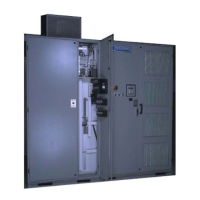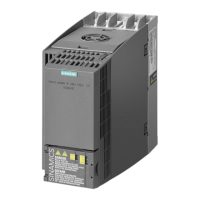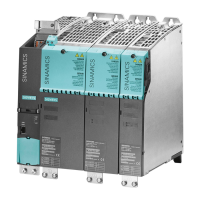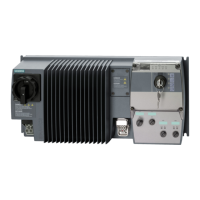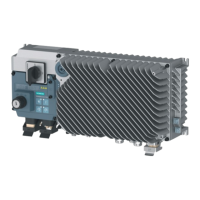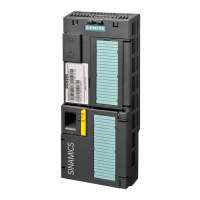7.10.2 Extended Undervoltage Ride-through
The main goal of the original undervoltage ride-through algorithm is to maintain charge in the
capacitors to prevent an undervoltage trip of the cells causing a drive fault. This was designed
with the drive in focus to allow a process to recover from intermittent power interruption by
sacricing speed for energy output from the cells. This worked well for high inertial loads, but
low inertial loads did not fare well, and the motors quickly stopped with complete removal of
torque.
In low inertia load applications such as ESPs, when the input voltage collapses and the torque is
removed the force of gravity on the long column of uid causes the motor to stop then spin
backward. Since there is no regeneration capability on an air-cooled drive, this forces the drive
to wait until all uid is drained from the pipe so that the pump can be restarted, causing long
delays in the process. (In higher inertia loads (and motors) the inertia can be used to help with
ride-through so this feature is of very little use in these applications.) The desire is to utilize the
energy stored in the cells through short durations of less than 100 msecs to continue to supply
positive torque, at a reduced level, to slow the collapse of the column of liquid. Since the drive
is still supplying positive torque, this allows the drive to recover when voltage is restored in this
time without waiting for the complete column to drain, allowing for faster recovery than was
possible in the past.
This short term (100 msec) time period allows for the drive to run from a dierent torque/power
curve that is programmable through two parameters:
• "Undervoltage Min Torque" (7064)
• "Undervoltage Min Speed" (7068)
The lower level is determined by the product of these two parameters in PU. The curve extends
from the intersection of the 50% power at 66% voltage down to the intersection at the lower
power limit at 50% voltage and is designated as f3 in the gure Old and New Curves.
The curve below 66% voltage is momentarily replaced by another curve with a lower limit set by
the lower power level. At the end of the 100 msec time (of voltage below 66%) it reverts to the
normal curve.
Lower power Limit = minTorq * minSpd * converted to Input power
Lower Torque Limit = minTorq
Operating the Control
7.10 Drive Output Torque Limiting
NXGPro+ Control Manual
Operating Manual, A5E50491925A 213
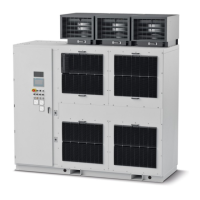
